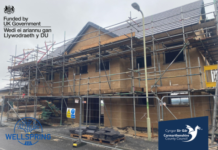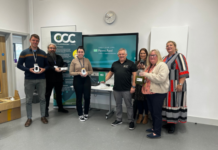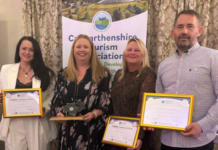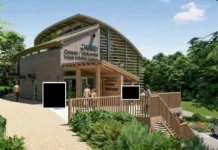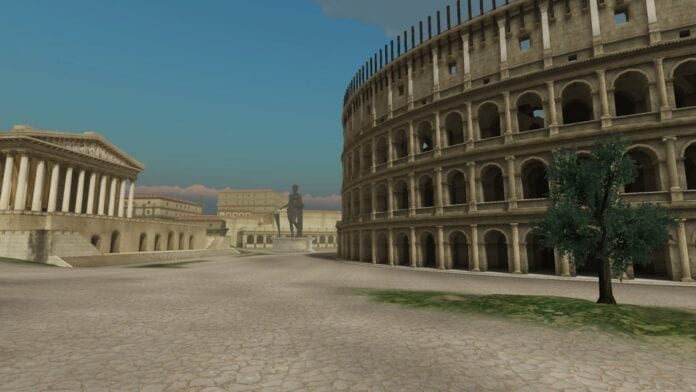The school of today isn’t what it used to be.
Now, we use technologies like tablets and smart boards – something that opened so many learning opportunities. But one technology in particular – virtual reality (VR) – is certainly one with the most potential.
This potential is now being used by schools all over the world. Teachers and students teleport themselves into other words where learning is as engaging and fun as it can ever be.
Here are some ways in which VR makes the studying process more exciting and effective.
1. Virtual Field Trips
Take a class trip to Rome without leaving school? Swim with the world’s biggest whales? Sit in the Sydney opera house and listen to music? All is possible with VR.
This experience is fully immersive, even without complex and expensive equipment – only a smartphone and a simple headset are needed.
Teachers can use VR to enhance the learning of history, art, engineering, culture, and other subjects by crossing time and space barriers.
But, more importantly, they can boost students’ desire to learn, as the VR experience is extremely engaging and allows each participant to explore at their own pace.
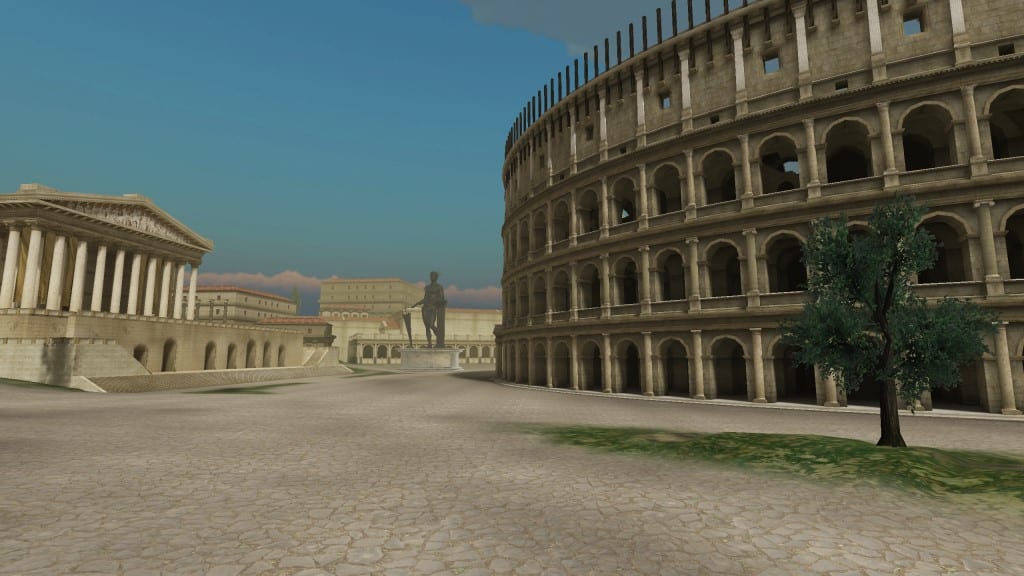
With the abundance of virtual field trips online, finding one for a class becomes increasingly easy. There are many educational and entertainment websites for kids, but Discovery Education and Mobile Permissions have some of the best libraries of free trips for educators to try out.
2. Study Biology and Anatomy without Microscopes
You don’t need to wait for a lab to become available to put slides under the microscope and have an engaging biology lesson. In fact, you don’t need a lab at all. Educators all over the world are using VR apps that give virtual biology tours.
You can see inside a human cell or a plant cell to learn how they work. Or, it’s possible to ride through the veins on the back of a red blood cell to experience human biology in a dramatically new way.
The VR classes aren’t only immersive and fun, but also effective. EdTech Magazine cited a Georgia Tech study where students at an Atlanta-based high school learned biology with VR and scored higher than those using traditional methods.
The difference was significant. One of the managers of that study said that students who used VR outperformed the control group in every single category.
3. Improve Writing Skills
Thanks to VR, teachers can take their classes to theater plays, historical reenactments, movies, museums, and other amazing places. Since students often write essays describing and reflecting on their experience, the change could help them.
By visiting, say, a museum instead of looking at videos or reading pamphlets, the student experience is much richer. They can explore specific objects in more detail and manage their visit in the way they prefer. So, they will also be more interested in sharing their experiences in writing.
Student writing is a lot more natural and richer in details after immersion in the topic with VR. This is particularly powerful for students in middle schools and students with special needs, says Gilmore.
This way, schools help children to improve their writing skills. If this is one of your goals, too, feel free to let your class choose topics for essays. There should be a lot of things that your students were impressed with during the virtual visit, so let them share their thoughts.
4. Enhance Creativity and Expression
As a teacher who has recently given students a writing or other creative assignment, you know how unengaging such a task can be for many. Expressing themselves can be difficult for students, especially when working with challenging writing prompts.
VR can help all students to think about approaching writing assignments. For example, if they have to write a literature essay about Mark Twain’s life, you can arrange a VR tour of the writer’s house (there’s a virtual tour available, too).
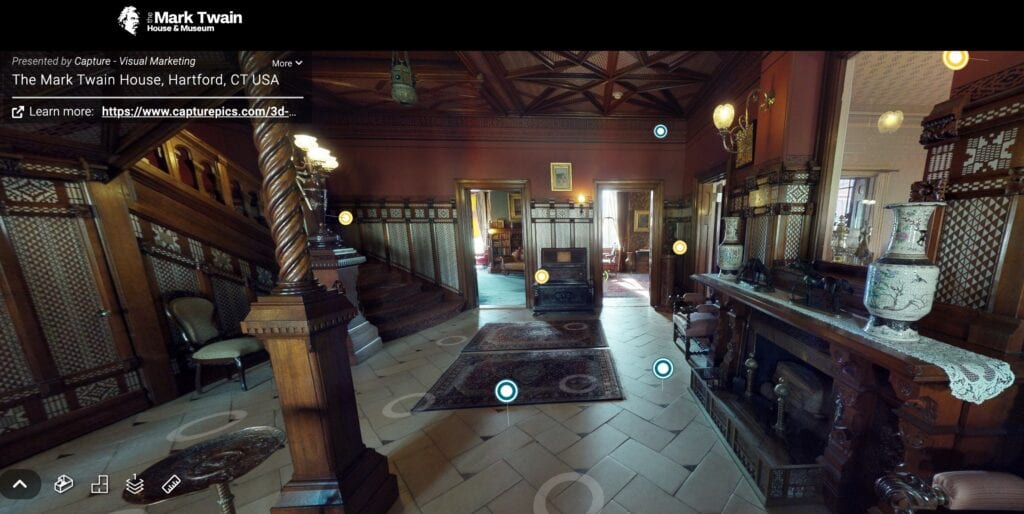
This way, you can allow students to explore more potential topics and focus on something they’d be motivated to write about. Some educational organizations even partner with writing services like TrustMyPaper, and SupremeDissertations to come up with a bunch of themed lesson plans and writing prompts.
So, using VR technology, you might introduce students to a new way of approaching writing assignments. They can create their own essays, presentations, and projects and demonstrate their understanding of topics based on the immersive experience.
5. See and Feel the Molecular World
Physics lessons is often a challenge for both educators and students. They can’t get a look at molecules, atoms, and chemical bonds even with a powerful telescope, which makes the material hard to understand.
That’s why educators often focus on teaching physics as a series of facts to memorize – which results in a low engagement and interest.
VR has been changing that.
Thanks to the ability to provide a fully immersive experience, it provides a superior sense of how the molecular world works. For example, students can see molecular structures and atoms up close, zoom in and out, manipulate them, and even build a molecule themselves.
The students seem to appreciate the new kind of learning. In one VR-driven series, a class of first-year chemistry students studied acetylcholinesterase, an enzyme structure. At first, the class studied the topic using a textbook, and then proceeded to a VR session.
According to the study’s results described at Curtin University’s blog, the enzyme reaction was “different from what they had visualized from more traditional classroom learning.” Also, the students reported that understanding the material in that chemistry class was difficult before actually ‘seeing’ the chemical reactions via VR.
6. Exploring History
High school students already know about historical events like WWII from textbooks, but VR videos and tours are expanding their knowledge by letting them visit historical places. Many educators around the world are already taking advantage of that.
Ms Marielle Beaudet, a fifth-grade teacher at Pearl Harbor Elementary, is a good example. She used VR to introduce her students to local places of historical importance in a completely new way.
Thanks to Google’s Expeditions technology, Beaudet explored the most famous American submarines, a vital defensive bunker called Fort Ruger, and USS Missouri.

This way, the students had an amazing opportunity to learn more about the historical events and daily lives of sailors, soldiers, and defenders of Pearl Harbor during WWII. During a submarine tour, they got to know more about the sailors’ sleeping conditions, food, and even leisure activities.
Although many students have visited the places in person, seeing them through Expeditions sparked new curiosity about them.
VR in Education: Final Thoughts
Learning something is much easier while experiencing it. Instead of reading a lot of text in a textbook, students now can get a smartphone and a VR headset. Not only their experience will be fully immersive, but they also can control it in many ways.
These use cases of VR in education show the amazing possibilities for both teachers and students. Now, it can be a great alternative to traditional learning that every student will love.
Help keep news FREE for our readers
Supporting your local community newspaper/online news outlet is crucial now more than ever. If you believe in independent journalism, then consider making a valuable contribution by making a one-time or monthly donation. We operate in rural areas where providing unbiased news can be challenging. Read More About Supporting The West Wales Chronicle











